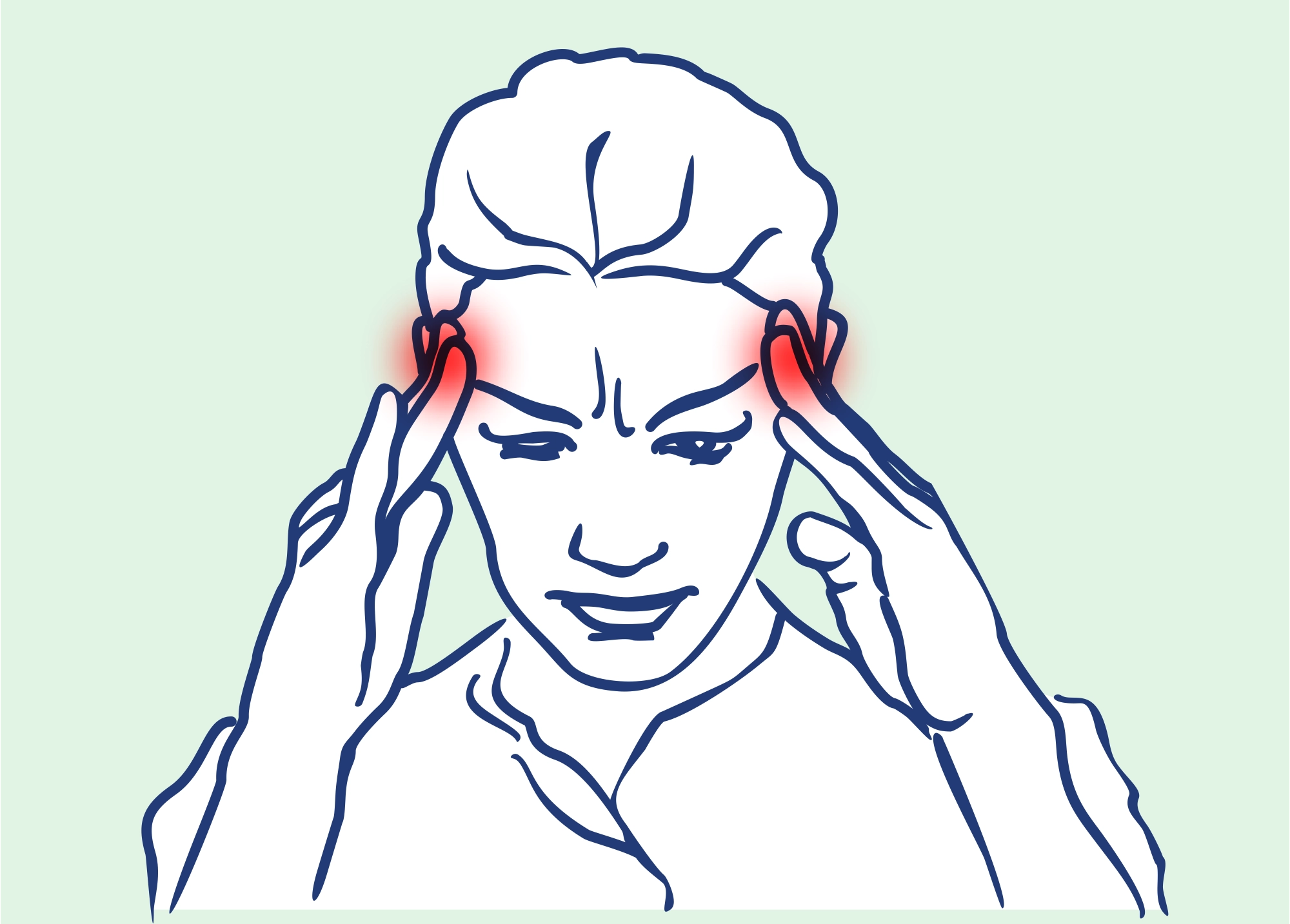To provide services at the highest level, we use cookies. Using the website requires you to choose settings related to their storage on your device. If you want to know what each type of cookie is used for, click the Details button below.
How to deal with pulsating temples? 5 września 2024 |

It?s important to note that pulsating in the temples can have many causes. It is often related to tension, stress, or fatigue. Sometimes, it is associated with migraines, cluster headaches, or high blood pressure. However, there are cases where pulsating in the temples indicates more serious conditions, including temporal arteritis or brain aneurysms.
Effectively getting rid of pulsating temples requires symptomatic treatment. However, it is worth starting with relaxation and taking a break from work, as well as practicing mindfulness or yoga. Cold compresses and a relaxing massage combined with aromatherapy can also be helpful. For pulsating temples related to migraines, painkillers, including triptans, are used. If the pulsating does not subside or worsens, it is necessary to consult a doctor urgently.
A brain aneurysm does not typically pulsate directly. However, in some cases, it presses on surrounding tissues, which can give such a symptom. Some patients also notice headaches, dizziness, or deteriorating vision. If you suspect you have a brain aneurysm, contact a doctor immediately.
The first reaction to pressure in the temple should be to relax and calm your breathing. It?s worth disconnecting from external stimuli and immersing yourself in meditation. If the pulsating in the temple continues, you might consider using painkillers, as well as compresses and massage. However, if the pressure is intense or chronic, or if other symptoms accompany it, it is necessary to consult a specialist.
Stress, especially distress, affects the human body in many ways. One of them is increased muscle tension in the neck, shoulders, and temples. This tension is what causes the pulsating in the temples, and it is further intensified by a rise in blood pressure.